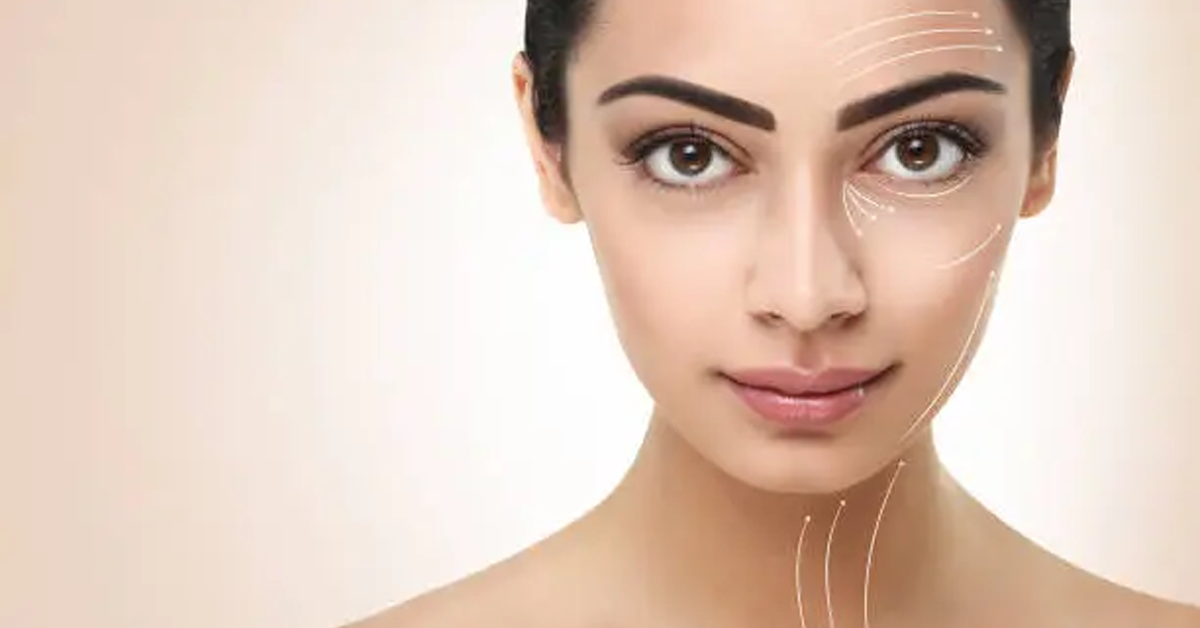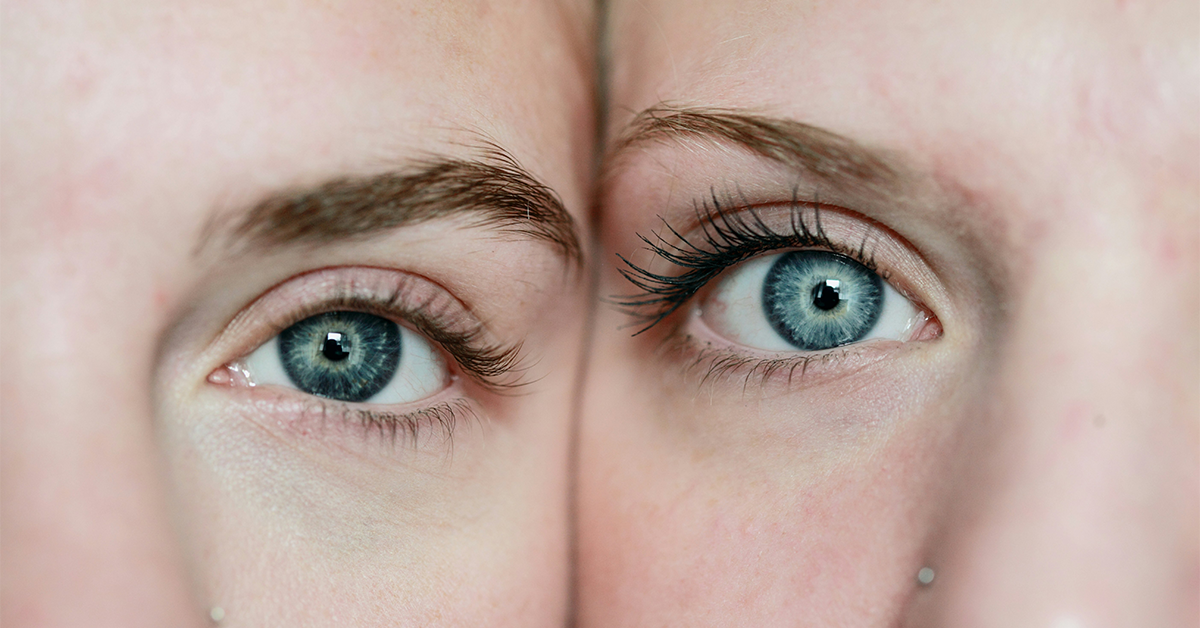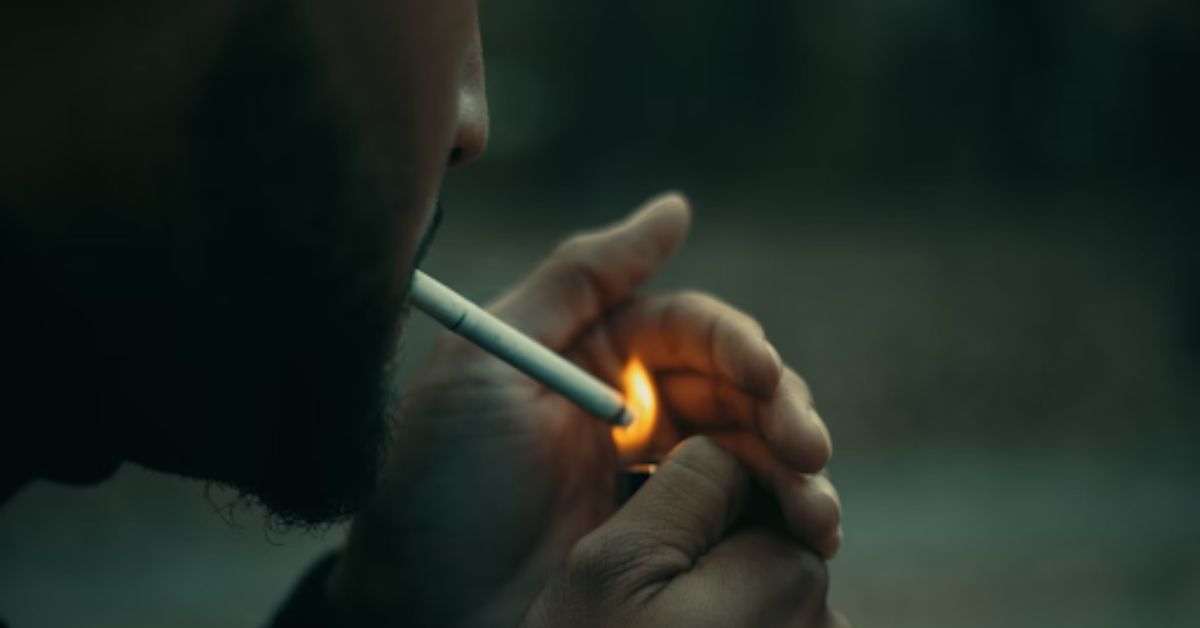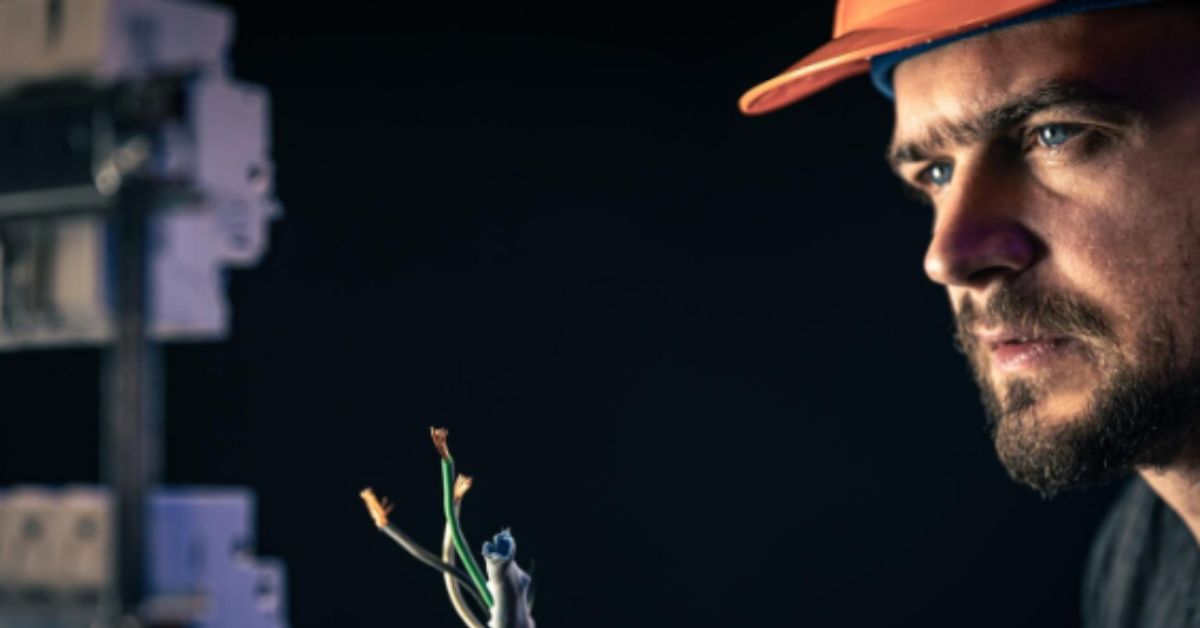Getting a Keloid Scars And Tattoos is an exciting way to express yourself, but if you’re prone to keloid scars, you might worry about how your skin will heal. Keloid scars can be a frustrating and sometimes painful part of the tattoo healing process. Understanding what keloid scars are, how they form, and how to care for your skin before, during, and after getting a tattoo can help you prevent or minimize their appearance.
In this detailed guide, we’ll explore everything you need to know about keloid scars and tattoos, share practical tips for healing, and offer prevention strategies to keep your skin looking its best.
TRENDING
How To Soothe And Prevent Sunburn Lips Naturally
What Are Keloid Scars?
Keloid scars are raised, thickened areas of skin that develop when the body produces too much collagen during the healing process. Unlike regular scars, keloids grow beyond the original wound’s boundaries, creating a noticeable bump that can be red, purple, or darker than your natural skin tone. They can sometimes itch or feel tender and are more common in people with darker skin tones, but anyone can develop them.
Keloids can occur anywhere on the body, but they frequently form on the chest, shoulders, earlobes, and upper arms — all common tattoo areas. Because tattoos create small wounds in the skin, the risk of keloid formation is something tattoo lovers should consider, especially if they have a history of keloid scarring.
Why Do Keloid Scars Form After Tattoos?
When you get a tattoo, your skin undergoes trauma as needles puncture it to deposit ink. Your body responds by activating the healing process, which involves producing collagen to repair the damaged tissue. Sometimes, this collagen production goes into overdrive, leading to an excessive build-up that forms a keloid.
Several factors influence keloid formation after tattoos:
- Genetics: If your family has a history of keloids, you’re more likely to develop them.
- Skin Type: Darker skin tones have a higher chance of keloid scarring.
- Tattoo Location: Areas with thinner skin or more tension (like shoulders or chest) can be prone to keloids.
- Tattoo Technique: The depth and pressure of the needle can affect healing.
- Aftercare: Improper or delayed care can increase risk.
Tips For Preventing Keloid Scars When Getting A Tattoo
While there’s no guaranteed way to completely prevent keloid scars, especially if you’re genetically predisposed, you can take steps to reduce your risk:
Consult a Dermatologist Before Getting a Tattoo
If you know you’re prone to keloids or have had them before, talk to a dermatologist before committing to a tattoo. They can evaluate your skin and provide personalized advice. In some cases, they may recommend avoiding tattoos or suggest treatments to minimize risk.
Choose an Experienced Tattoo Artist
An expert tattoo artist will know how to work with your skin type and avoid techniques that may increase trauma. They’ll use sterile equipment and proper needle depth, reducing unnecessary damage.
Pick the Right Tattoo Location
Discuss tattoo placement with your artist and dermatologist. Avoid areas commonly prone to keloids, such as the chest, shoulders, or upper back if possible.
Start Small
If you’re unsure about your skin’s reaction, consider starting with a small tattoo. This will limit the area of trauma and give you a better idea of how your skin heals.
Follow Proper Aftercare Instructions
Healing your tattoo properly is crucial in preventing keloid scars. Keep the area clean, moisturized, and protected. Avoid picking at scabs or exposing the tattoo to excessive sun.
How To Care For A Tattoo To Minimize Keloid Scarring
Proper tattoo aftercare is essential to reduce inflammation and promote smooth healing. Here are some expert-recommended steps:
Keep It Clean
Gently wash your tattoo twice a day with lukewarm water and mild, fragrance-free soap. Avoid scrubbing.
Moisturize Regularly
Apply a thin layer of fragrance-free, hypoallergenic moisturizer or a tattoo-specific ointment recommended by your artist or dermatologist. This keeps the skin hydrated and supports healing.
Avoid Sun Exposure
UV rays can irritate healing skin and darken scars. Keep your tattoo out of direct sunlight or cover it with clothing. After it’s healed, apply a high SPF sunscreen.
Don’t Pick or Scratch
Itching is common during healing, but scratching or picking scabs can worsen scarring and increase keloid risk.
Avoid Tight Clothing
Wear loose, breathable clothes over your tattooed area to prevent irritation and friction.
Stay Hydrated and Maintain a Healthy Diet
Good nutrition supports skin repair. Drinking plenty of water and eating foods rich in vitamins A, C, and E can aid the healing process.
Treatments For Keloid Scars On Tattoos
If a keloid does form on or near your tattoo, don’t panic. There are treatment options that can help reduce its size, color, and discomfort.
Silicone Gel Sheets and Creams
These are often the first line of defense and can be applied daily to flatten and soften keloid scars over time.
Steroid Injections
Dermatologists may inject corticosteroids directly into the keloid to reduce inflammation and size.
Laser Therapy
Certain laser treatments can lighten the scar and improve its texture.
Surgical Removal
In some cases, surgically removing the keloid is an option, but it carries a risk of recurrence.
Cryotherapy
Freezing the keloid with liquid nitrogen may reduce its size.
Always consult with a dermatologist before starting any treatment to determine the safest and most effective option for your skin.
Can You Get A Tattoo Over A Keloid Scar?
Tattooing over a keloid scar is generally not recommended. The process can trigger further trauma, potentially worsening the scar or causing new keloids. If you want to cover an old scar, talk to a dermatologist and experienced tattoo artist about safer alternatives or scar camouflage techniques.
Final Thoughts
Keloid scars and tattoos can be a tricky combination, but with the right knowledge and care, you can reduce your risk and enjoy your body art without complications. If you’re prone to keloids, don’t let fear stop you — just take precautions, choose a skilled artist, and prioritize healing.
Remember, prevention and proper aftercare are your best friends. Listen to your skin, be patient during healing, and seek professional advice whenever needed. Your tattoo journey should be a positive and empowering experience!
ALSO READ: Bullhorn Lip Lift: A Simple Way To Refresh Your Smile
FAQs
What is a keloid scar?
A keloid scar is a raised, thickened area of skin that forms when the body produces excess collagen during healing, extending beyond the original wound edges. It can be itchy, tender, and more common in people with darker skin tones.
Can tattoos cause keloid scars?
Yes, because tattoos involve puncturing the skin, they can trigger keloid scar formation in people prone to them. However, proper care and precautions can reduce this risk.
How can I prevent keloid scars from forming after a tattoo?
Consult a dermatologist, choose an experienced tattoo artist, pick a safe tattoo location, start with small tattoos, and follow strict aftercare including keeping the area clean, moisturized, and protected from the sun.
Are keloid scars permanent?
Keloid scars tend to be permanent but can be treated to reduce their size and appearance. Treatment options include silicone gels, steroid injections, laser therapy, and surgical removal.
Is it safe to get a tattoo over an existing keloid scar?
Generally, it’s not recommended to tattoo over keloid scars as it can cause further trauma and worsen the scar. Consult a dermatologist and tattoo artist for safer options.










